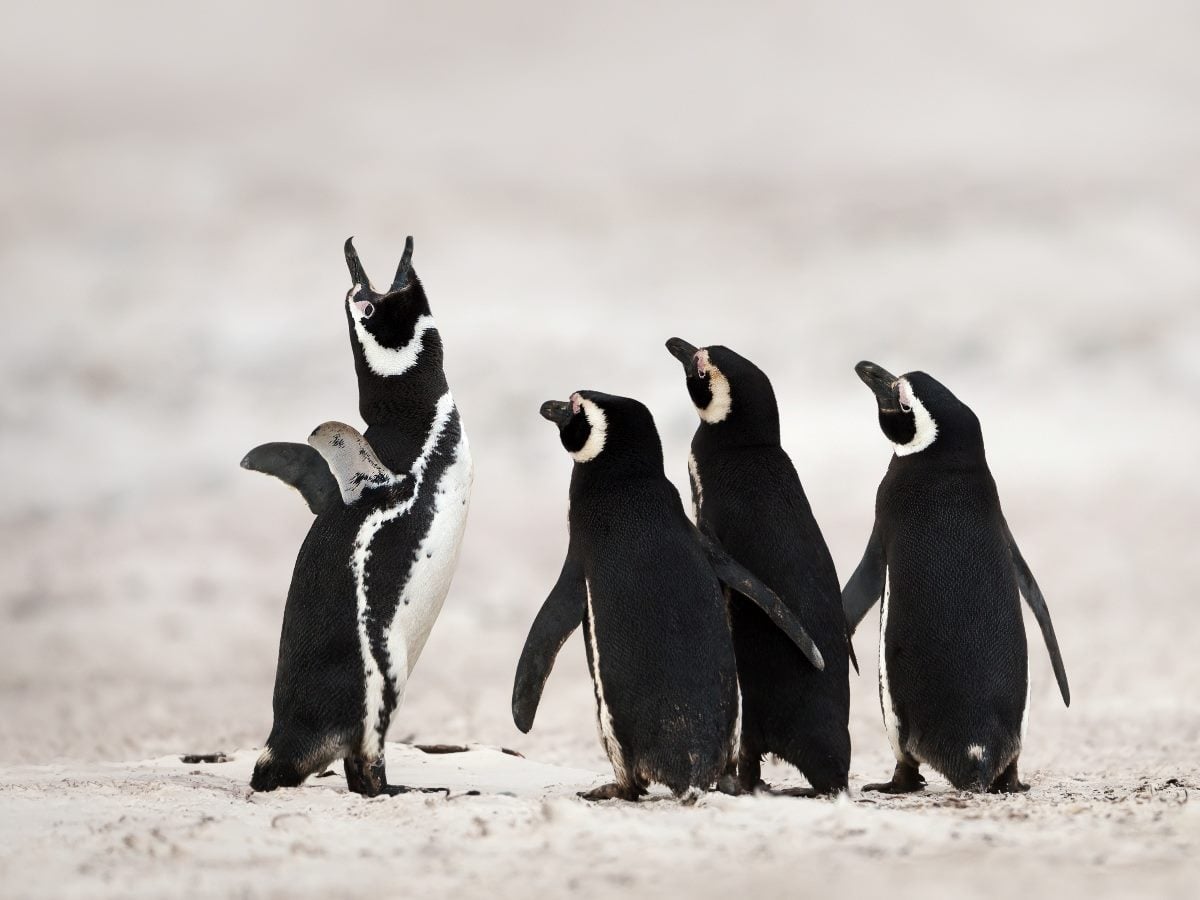How to watch: Scientists are hosting a 100-hour livestream to protest Trump cuts
The Trump administration has decimated climate science across the country, from the mass layoffs at the National Oceanic and Atmospheric Administration (NOAA) to the shuttering of NASA’s Goddard Institute for Space Studies (GISS). Now, scientists are defending their work, and its value to the country, by speaking directly to Americans through a 100-hour livestream full of presentations on everything from air quality and extreme heat to weather stations. Beginning Wednesday, May 28, at 1 p.m. ET, the “Weather and Climate Livestream” will span five days, ending on Sunday, June 1, at 5:30 p.m. ET. It will feature climate scientists and meteorologists who will talk about their work and the impact of research cuts, and also take audience questions. The event kicks off with Kate Marvel, a climate scientist who was formerly an associate researcher at GISS. She will be livestreaming the last hours of the GISS lab. That 43,000-square-foot space near Columbia University has been crucial to climate science, but is closing because the Trump administration terminated its lease. The livestream will also include a panel discussion with terminated NOAA employees—in March, the Trump administration laid off more than 1,000 people—and another one with the former directors of the National Weather Service, as well as “prime-time” talks from experts on topics such as floods, drought, and hurricanes. Prominent climate scientist Daniel Swain—who often hosts his own virtual “office hours” on climate news, heat waves, and wildfires—will be participating in an “Ask Me Anything” session, open to audience questions, on Saturday, May 31, at 9:30 p.m. ET. The 100-hour livestream is available on YouTube at youtube.com/@wclivestream/live. It’s billed as a nonpartisan event, organized in part by members of the Union of Concerned Scientists. To the participants, it’s also an opportunity to try to save America’s weather forecasts; the event website includes a link for Americans to contact their representatives and urge them to restore weather and climate funding. Trump’s funding cuts Scientists and everyday Americans are already feeling the cuts from the Trump administration and the Department of Government Efficiency (DOGE): The National Weather Service, for example, is flying fewer weather balloons, which hampered forecasters’ ability to get accurate and timely data to the public about recent hailstorms and tornadoes. NWS field offices are short-staffed and scrambling to have regular coverage. Hurricane season is also approaching and is expected to be above average, with 13 to 19 named storms. Trump’s cuts would eliminate climate models that provide accurate forecasting, as well as FEMA services that would help Americans recover from climate disasters. The administration’s cuts would also close multiple research institutions and labs, and all six of NOAA’s regional climate centers, and end $70 million in grants to research universities. That means thousands of scientists will lose their funding, which translates to less storm forecasting, no more climate monitoring for farmers, and coastal communities not receiving information on matters such as tides and flood risk. “For generations, the U.S. government has invested in the science that helps us do so, building one of the greatest meteorology and climate science communities in the world,” the Weather and Climate Livestream website reads. “In recent months, this community has been thwarted in our mission of serving the public due to substantial cuts and firings.” But it’s not too late to stop those cuts, the livestream organizers note. Already, the Trump administration has walked back some cuts in the face of public pressure—including reopening shuttered weather data centers. The 100-hour livestream is a way to “help keep this pressure building,” the site reads. The Weather and Climate Livestream website includes more information on topics, speakers, and the schedule for the 100-hour event.

The Trump administration has decimated climate science across the country, from the mass layoffs at the National Oceanic and Atmospheric Administration (NOAA) to the shuttering of NASA’s Goddard Institute for Space Studies (GISS). Now, scientists are defending their work, and its value to the country, by speaking directly to Americans through a 100-hour livestream full of presentations on everything from air quality and extreme heat to weather stations.
Beginning Wednesday, May 28, at 1 p.m. ET, the “Weather and Climate Livestream” will span five days, ending on Sunday, June 1, at 5:30 p.m. ET. It will feature climate scientists and meteorologists who will talk about their work and the impact of research cuts, and also take audience questions.
The event kicks off with Kate Marvel, a climate scientist who was formerly an associate researcher at GISS. She will be livestreaming the last hours of the GISS lab. That 43,000-square-foot space near Columbia University has been crucial to climate science, but is closing because the Trump administration terminated its lease.
The livestream will also include a panel discussion with terminated NOAA employees—in March, the Trump administration laid off more than 1,000 people—and another one with the former directors of the National Weather Service, as well as “prime-time” talks from experts on topics such as floods, drought, and hurricanes. Prominent climate scientist Daniel Swain—who often hosts his own virtual “office hours” on climate news, heat waves, and wildfires—will be participating in an “Ask Me Anything” session, open to audience questions, on Saturday, May 31, at 9:30 p.m. ET.
The 100-hour livestream is available on YouTube at youtube.com/@wclivestream/live. It’s billed as a nonpartisan event, organized in part by members of the Union of Concerned Scientists. To the participants, it’s also an opportunity to try to save America’s weather forecasts; the event website includes a link for Americans to contact their representatives and urge them to restore weather and climate funding.
Trump’s funding cuts
Scientists and everyday Americans are already feeling the cuts from the Trump administration and the Department of Government Efficiency (DOGE): The National Weather Service, for example, is flying fewer weather balloons, which hampered forecasters’ ability to get accurate and timely data to the public about recent hailstorms and tornadoes. NWS field offices are short-staffed and scrambling to have regular coverage.
Hurricane season is also approaching and is expected to be above average, with 13 to 19 named storms. Trump’s cuts would eliminate climate models that provide accurate forecasting, as well as FEMA services that would help Americans recover from climate disasters.
The administration’s cuts would also close multiple research institutions and labs, and all six of NOAA’s regional climate centers, and end $70 million in grants to research universities. That means thousands of scientists will lose their funding, which translates to less storm forecasting, no more climate monitoring for farmers, and coastal communities not receiving information on matters such as tides and flood risk.
“For generations, the U.S. government has invested in the science that helps us do so, building one of the greatest meteorology and climate science communities in the world,” the Weather and Climate Livestream website reads. “In recent months, this community has been thwarted in our mission of serving the public due to substantial cuts and firings.”
But it’s not too late to stop those cuts, the livestream organizers note. Already, the Trump administration has walked back some cuts in the face of public pressure—including reopening shuttered weather data centers. The 100-hour livestream is a way to “help keep this pressure building,” the site reads.
The Weather and Climate Livestream website includes more information on topics, speakers, and the schedule for the 100-hour event.




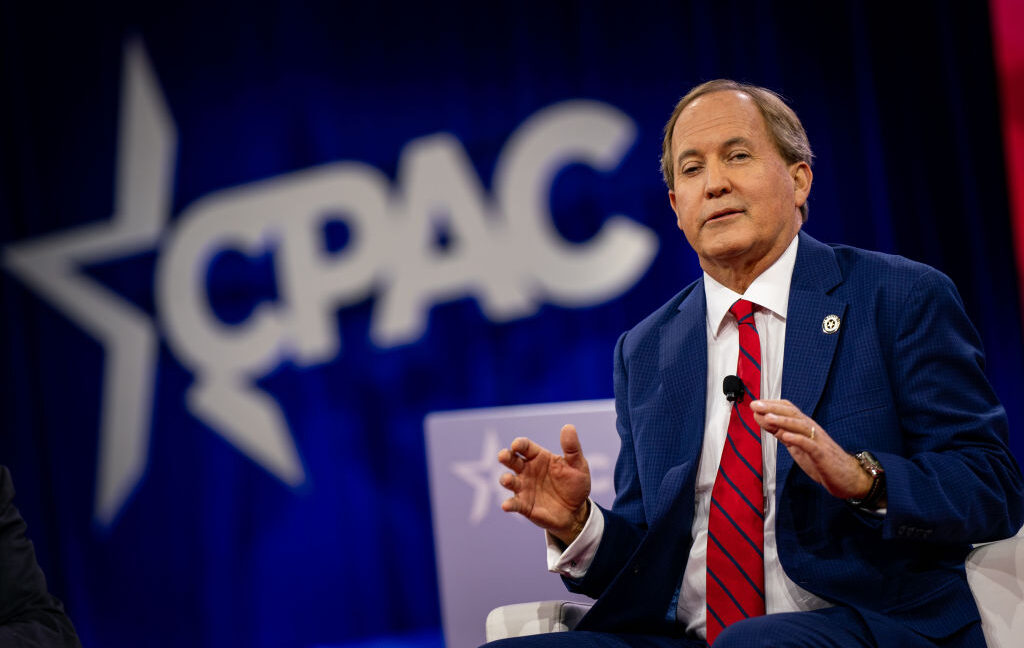









































































































































































![[The AI Show Episode 150]: AI Answers: AI Roadmaps, Which Tools to Use, Making the Case for AI, Training, and Building GPTs](https://www.marketingaiinstitute.com/hubfs/ep%20150%20cover.png)
![[The AI Show Episode 149]: Google I/O, Claude 4, White Collar Jobs Automated in 5 Years, Jony Ive Joins OpenAI, and AI’s Impact on the Environment](https://www.marketingaiinstitute.com/hubfs/ep%20149%20cover.png)






























































































































![How to Survive in Tech When Everything's Changing w/ 21-year Veteran Dev Joe Attardi [Podcast #174]](https://cdn.hashnode.com/res/hashnode/image/upload/v1748483423794/0848ad8d-1381-474f-94ea-a196ad4723a4.png?#)



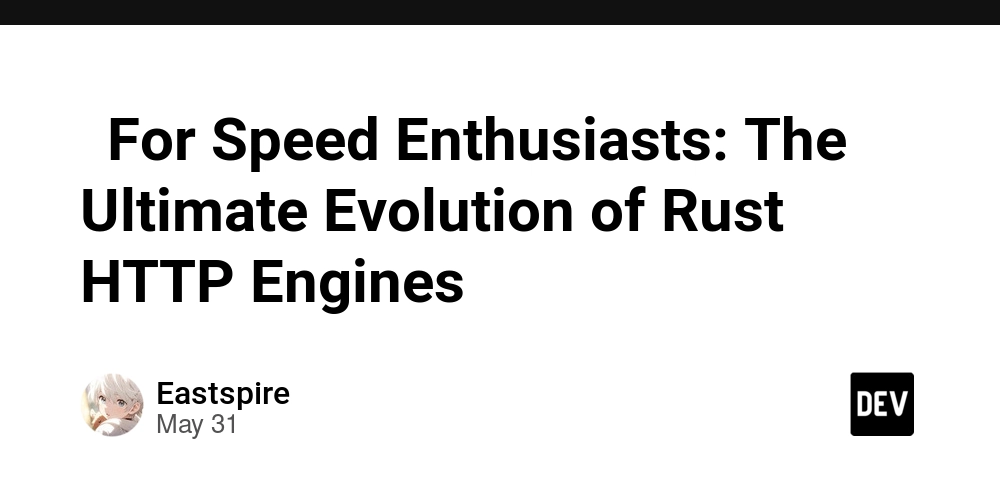


































































































































_ArtemisDiana_Alamy.jpg?width=1280&auto=webp&quality=80&disable=upscale#)









































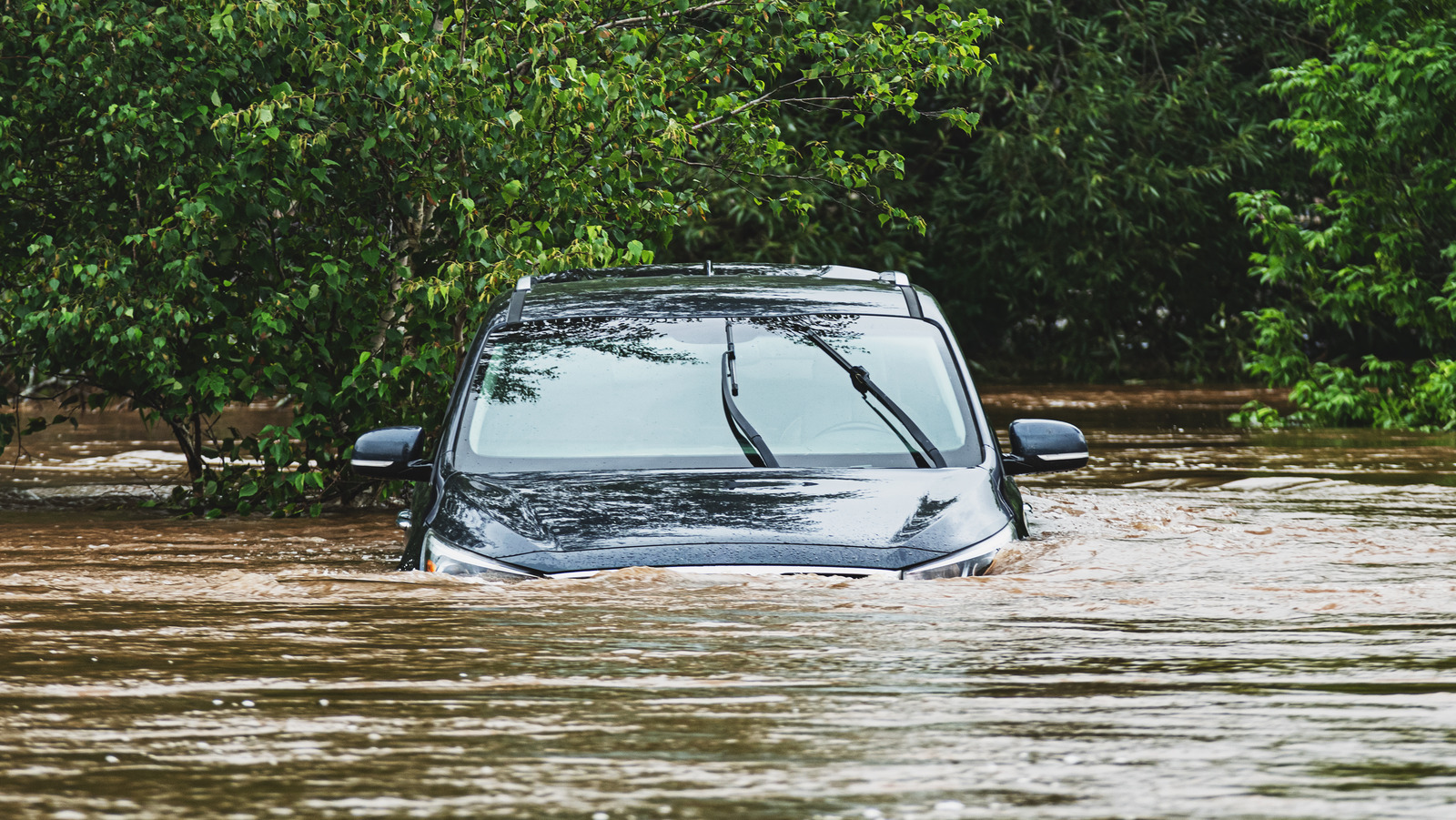

































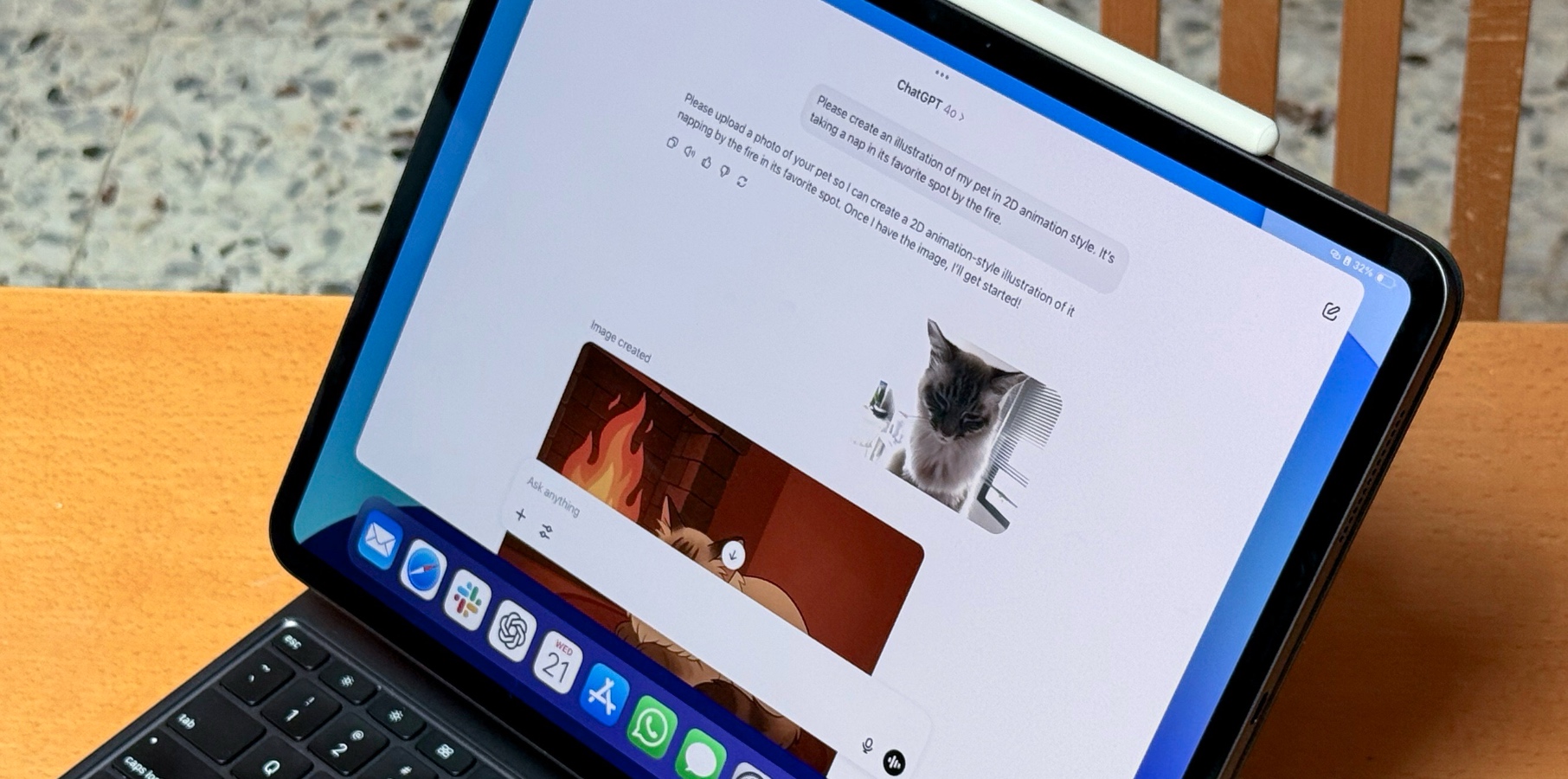
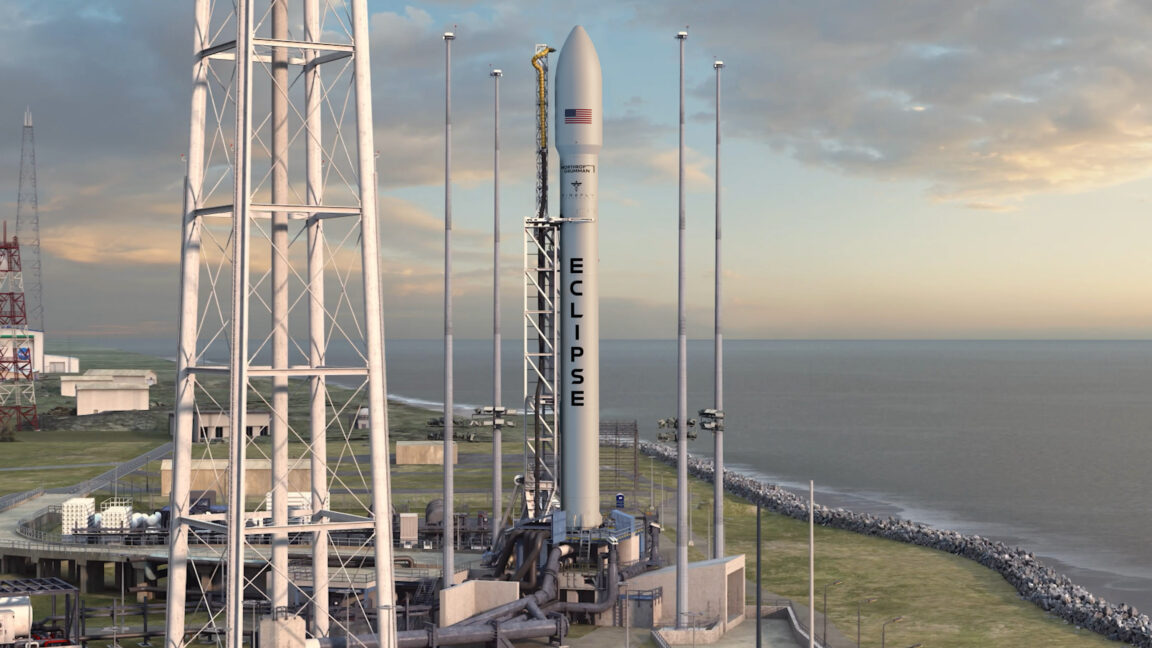
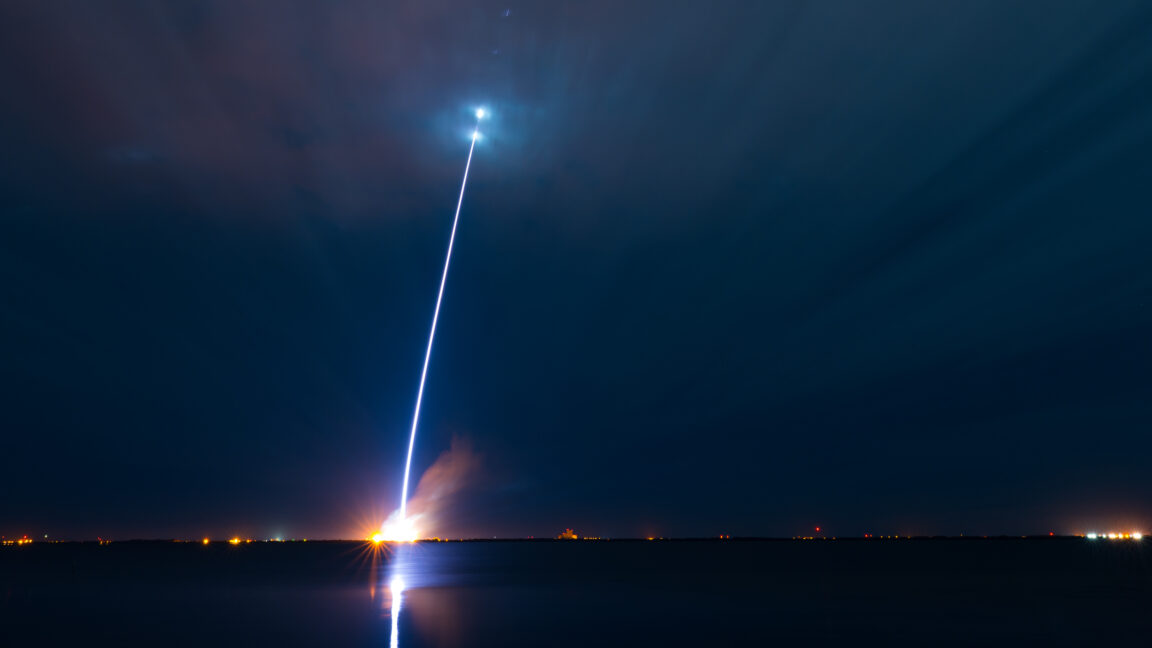





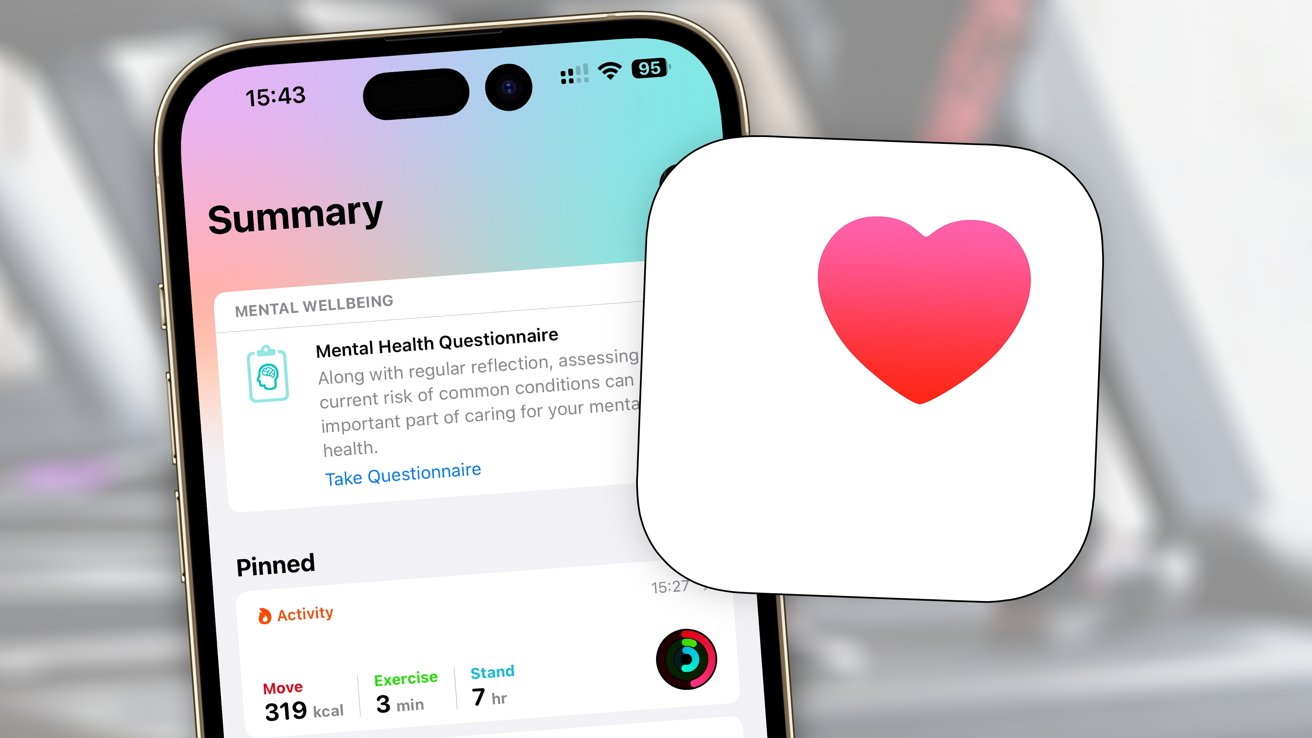







![In the market for a new router? Here are 13 models to avoid, according to the FBI [U]](https://i0.wp.com/9to5mac.com/wp-content/uploads/sites/6/2025/04/Most-Americans-are-paying-more-for-broadband-%E2%80%93-here-are-four-solutions.jpg?resize=1200%2C628&quality=82&strip=all&ssl=1)




![Galaxy S25 Ultra gets ‘Arc’ case that leaves the phone mostly exposed – available for Pixel 9 too [Gallery]](https://i0.wp.com/9to5google.com/wp-content/uploads/sites/4/2025/05/arc-pulse-case-galaxy-s25-ultra-1.jpg?resize=1200%2C628&quality=82&strip=all&ssl=1)
















![Apple 15-inch M4 MacBook Air On Sale for $1023.86 [Lowest Price Ever]](https://www.iclarified.com/images/news/97468/97468/97468-640.jpg)


























































